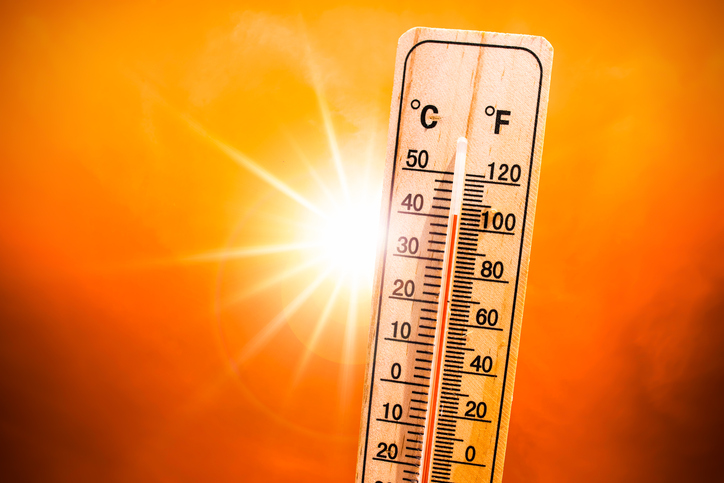Heat Illness Guide and Prevention Program
Posted July 28, 2023
While it’s best not to work outside in high temperatures, the nature of certain jobs—like construction, forestry, manufacturing or landscaping—sometimes makes it unavoidable. When this happens, a worker’s body temperature can rise to dangerously high levels and put them at risk of serious health complications.
Normally, the human body cools itself through sweating. However, in hot and humid weather, sweating is often not enough and heat illnesses can occur.

In order to protect the well-being of their workforce, employers often need to implement policies and procedures to protect workers in hot environments. Accordingly, any employer that mandates outdoor work or work in hot environments should be educated on heat illnesses in order to thoroughly protect its workers. In addition, training employees on heat illness and general safety practices can make all the difference when it comes to protecting them from the heat.
It should be noted, some states have specific standards when it comes to heat illnesses so be sure to check local regulations.
This Heat Illness Guide and Prevention Program is designed to provide a background on heat illnesses, including how the body handles heat, the different types of heat illnesses and specific risk factors. In addition, the resources found at the end of this guide will detail safety and prevention controls, and will provide organizations with real policies and strategies to help ensure a safe and healthy workforce.
Get your copy of the Heat Illness Guide and Prevention Program by completing the form below.
